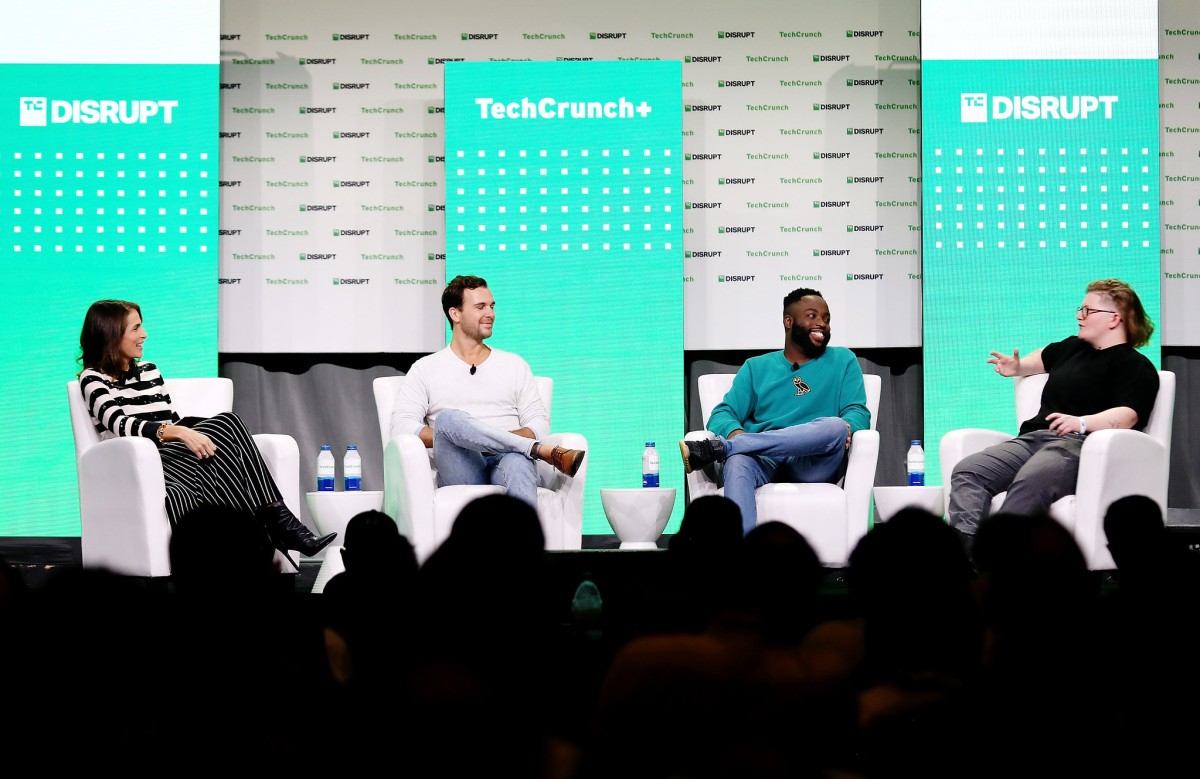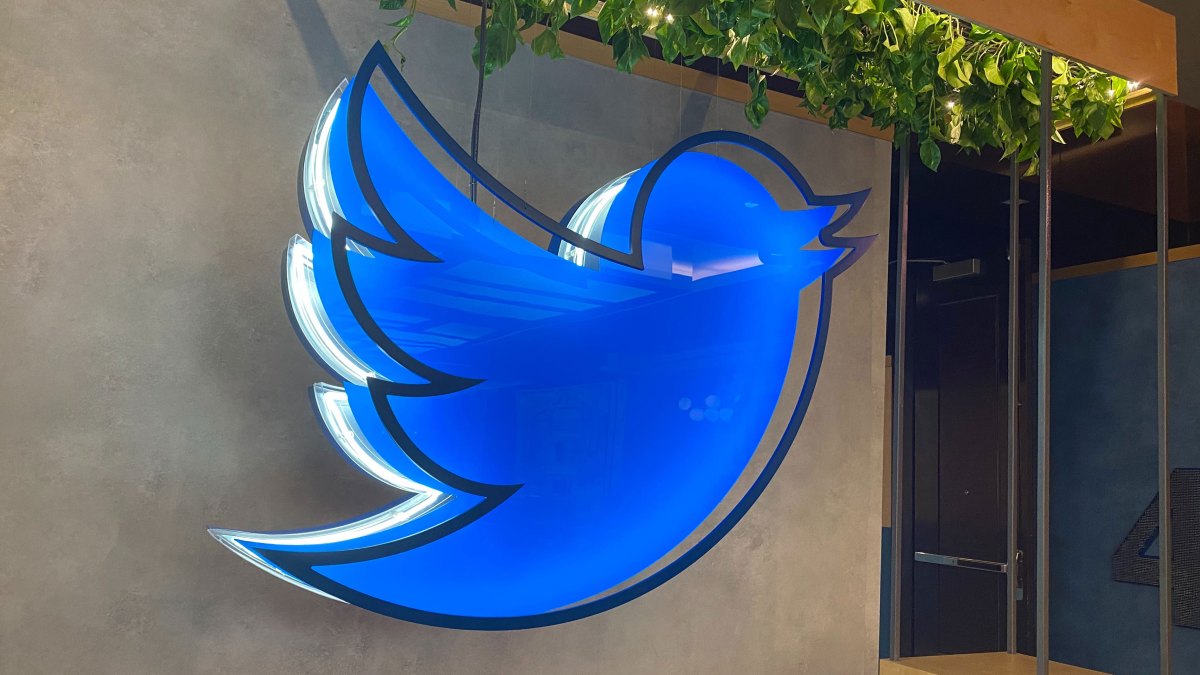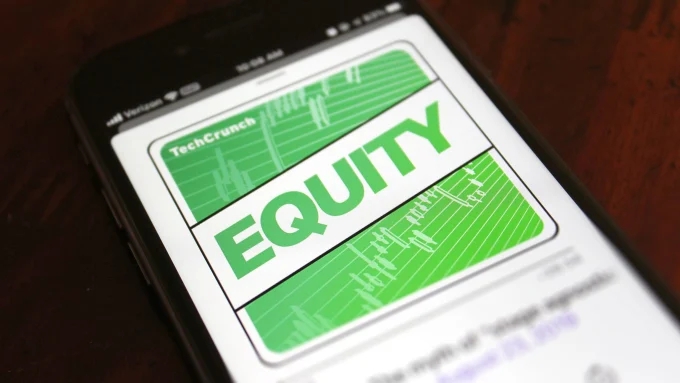Elon Musk has a new plan to generate revenue for Twitter. Reportedly, the social media company’s new owner intends to revamp the Twitter Blue premium subscription, currently an optional $4.99 per month for a handful of perks, by upping the price to $19.99 per month while giving subscribers the coveted verification badge. While this plan is problematic for a number of reasons — buying verification devalues it, removing verification from existing users who can’t pay, like journalists and various notable figures, will aid the spread of misinformation — it’s also worth noting that Twitter Blue as it stands today has not been a success. The subscription itself is certainly due for a revamp — just not a completely misguided, ill-thought-out revamp like this. Launched in June 2021, initially in Canada and Australia, before expanding to the U.S. and New Zealand that November, Twitter Blue was meant to help the social media platform diversify its revenue and reduce its reliance on advertisers, who today account for more than 90% of Twitter’s total revenue. The idea with Blue has been to entice Twitter’s heaviest users — its power users — to pay a small monthly fee in order to gain access to a handful of exclusive features such as tools to organize bookmarks, the ability to read news articles without ads, custom icons and navigation, early access to new features, a way to quickly fix a typo, and most recently, the long-awaited Edit button. But so far, none of these options have offered a strong enough incentive to generate significant revenue for Twitter. If anything, Twitter users believe the Edit button should be a feature of the site itself, not an exclusive, paid-only option. And they’ve protested this decision by collectively not jumping to sign up for Twitter Blue, app store data indicates. What’s more, Twitter has oddly chosen at times to roll out new, in-demand features to non-subscribers first instead of to Twitter Blue’s paying customer base, as had been promised. For example, when Twitter this month expanded access to its experimental Status feature, which lets users tag tweets with a sentiment like “Don’t @ me,” “spoiler alert,” “breaking news,” and more, it didn’t include the option in Twitter Blue. That meant paid Twitter users had to watch as a random subset of Twitter’s user base, including many free users, got to play with a fun, new addition to Twitter they couldn’t use. A truly bizarre choice on the company’s part, and one that misunderstands what its power users value. The lack of demand for Twitter Blue can be seen in the insignificant amount of revenue it’s managed to pull in to date. According to data from app intelligence firm Sensor Tower, Twitter’s mobile app has only seen approximately $6.4 million in worldwide consumer spending to date. By comparison, Twitter’s annual revenue in 2021 was $5.08 billion. In the second quarter of this year, Twitter generated $1.18 billion in revenue, $1.08 billion of which was from advertising. (Twitter also generates revenue from data licensing and other sources, so even the difference between these two figures can’t be chalked up to subscriptions alone). Of course, it’s impossible to tell from third-party data exactly how much consumer spending in the Twitter app was directed at Twitter Blue specifically, as Twitter also offered in-app purchases for “Ticketed Spaces” — that is, paid entry into a special event as a part of Twitter’s live audio streaming product. But we can estimate that Ticketed Spaces revenue was only a small fraction of that total, if anything at all, as Twitter found that feature had seen so little adoption it decided to shut it down last month, Twitter recently confirmed to ZebethMedia. Sensor Tower additionally noted that the Twitter Blue monthly subscription was the top in-app purchase, indicating that likely the bulk of the in-app consumer spending comes from Blue subscribers, not those paying for the virtually unused Ticketed Spaces feature. Twitter Blue’s lack of traction isn’t just a symptom of an app with a small user base. Year to date, the company has seen 153 million worldwide installs, slightly down by 3% over the 158 million seen during the same period last year (Jan. 1 through Oct. 27), Sensor Tower said. As of Q2 2022, Twitter had 237.8 million monetizable daily active users (mDAUs), it said during earnings. Meanwhile, another social app with a similar subscription model is far outpacing Twitter Blue, despite being live for only a few months. Snapchat also launched its first premium subscription offering this year with Snapchat+. Like Twitter Blue, the $3.99 per month Snapchat+ subscription (cheaper than Blue) is aimed at the app’s power users and offers its own set of exclusive perks. Snapchat+ subscribers today can change the app icon, see who rewatched their Stories, pin someone as their ‘Best Friend,’ change the visibility duration of their Stories, use custom notification sounds, and much more. It’s a good comp for how a social subscription offering could work, if fairly successful. As of Q3 2022, Snapchat+ reached over 1.5 million paying subscribers across more than 170 countries, the company said. Following its June 29, 2022 launch, Sensor Tower data indicates Snapchat+ has generated a little more than $28 million in worldwide consumer spending. It’s also attracting users who are willing to commit to paying for longer periods of time. The Snapchat+ monthly subscription is the top in-app purchase, but the second most popular option is the annual subscription, the firm noted. In other words, in roughly 4 months’ time, Snapchat+ pulled in more than quadruple the revenue that Twitter Blue has over a 17-month period. Even accounting for the fact that Snapchat has 363 million daily active users to Twitter’s 237.8 million (though yes, a slightly different metric as Twitter only counts users who can view its ads — mDAUs, not DAUs), it’s clear that Twitter Blue has not been a smashing success. So, in a sense, Musk would not be wrong to suggest that Twitter Blue needs a









